
Flinders Ranges National Park is located in the northern part of South Australia, approximately 400 kilometers north of Adelaide, the state capital. It's renowned for its stunning landscapes, including rugged mountains, expansive plains, and deep gorges, making it a popular destination for nature lovers and outdoor enthusiasts.

Flinders Ranges National Park was not "invented" by a single individual. Instead, it was established by the South Australian government in 1945 to protect and preserve the natural and cultural heritage of the Flinders Ranges region. The park's creation was likely influenced by various conservationists, government officials, and community members who recognized the importance of preserving this unique and ecologically significant area.
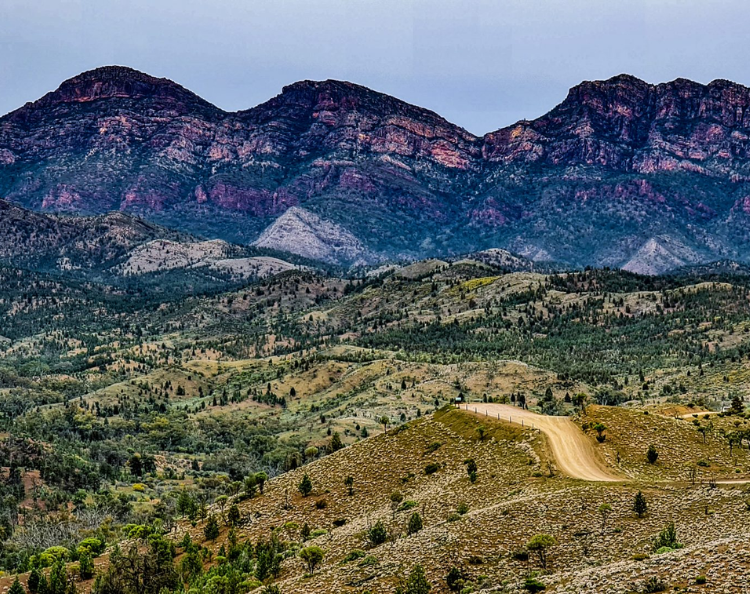
Flinders Ranges National Park is named after Captain Matthew Flinders, a British navigator and explorer who was the first to circumnavigate Australia and chart much of its coastline in the early 19th century. Flinders named the Flinders Ranges after himself during his exploration of the area in 1802. The naming of the national park after Captain Flinders is a recognition of his contributions to the exploration and mapping of Australia, as well as his association with the region.

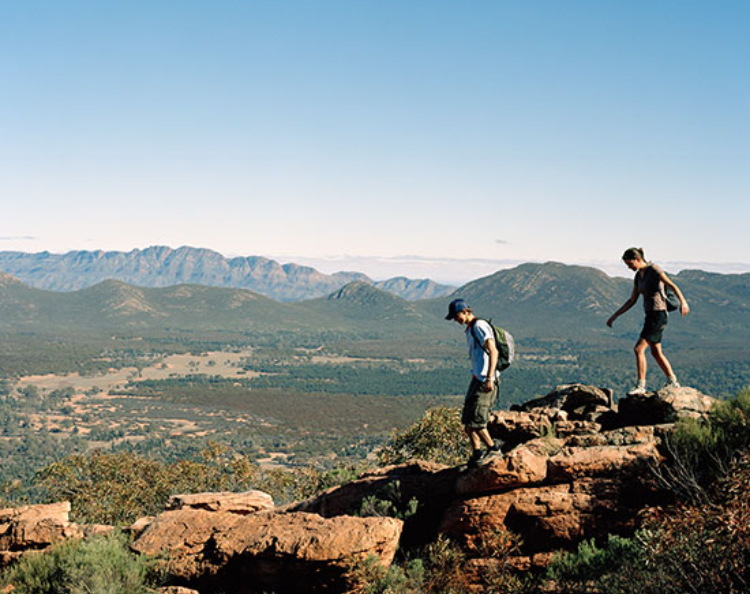
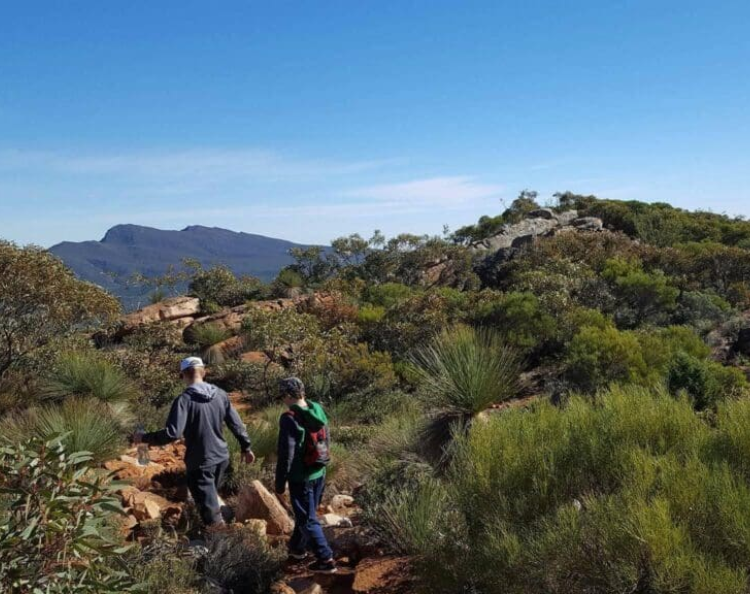
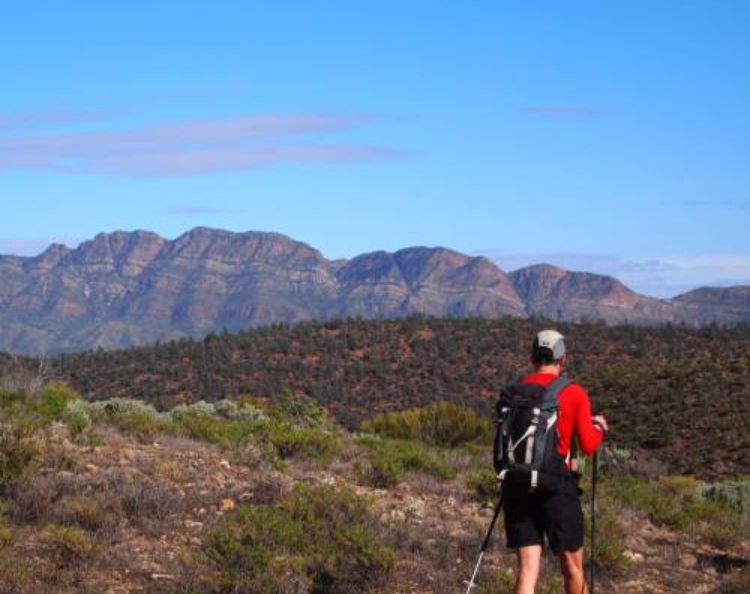
Flinders Ranges National Park offers a diverse and spectacular landscape that makes it an ideal destination for hiking enthusiasts. Here are several reasons why it's favored by hikers:
1. **Scenic Trails**: The park features a network of well-maintained hiking trails that wind through its stunning scenery, including rugged mountains, deep gorges, and expansive plains. Hikers can enjoy breathtaking views of the surrounding landscape as they explore the trails.
2. **Varied Terrain**: The terrain in Flinders Ranges National Park varies from easy walks suitable for beginners to challenging hikes for experienced adventurers. There are options for every skill level, allowing hikers to choose trails that match their abilities and preferences.
3. **Abundant Wildlife**: The park is home to a diverse range of flora and fauna, including kangaroos, emus, and various bird species. Hikers have the opportunity to encounter wildlife along the trails, adding to the excitement and enjoyment of their outdoor experience.
4. **Cultural Heritage**: In addition to its natural beauty, Flinders Ranges National Park is rich in Aboriginal cultural heritage. Hikers can explore ancient rock art sites and learn about the history and traditions of the Adnyamathanha people, who have lived in the region for thousands of years.
5. **Remote Wilderness**: Much of the park is remote and relatively untouched, providing hikers with a sense of solitude and adventure. Exploring the rugged wilderness of the Flinders Ranges can be a truly immersive and rewarding experience for hiking enthusiasts.
Overall, Flinders Ranges National Park offers a combination of stunning scenery, diverse trails, abundant wildlife, and cultural heritage that makes it a top destination for hiking lovers seeking adventure and exploration in the great outdoors.


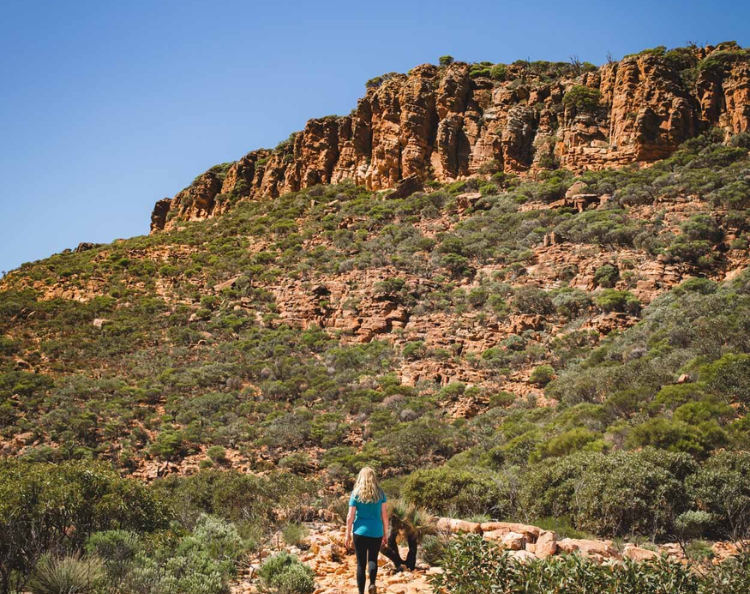
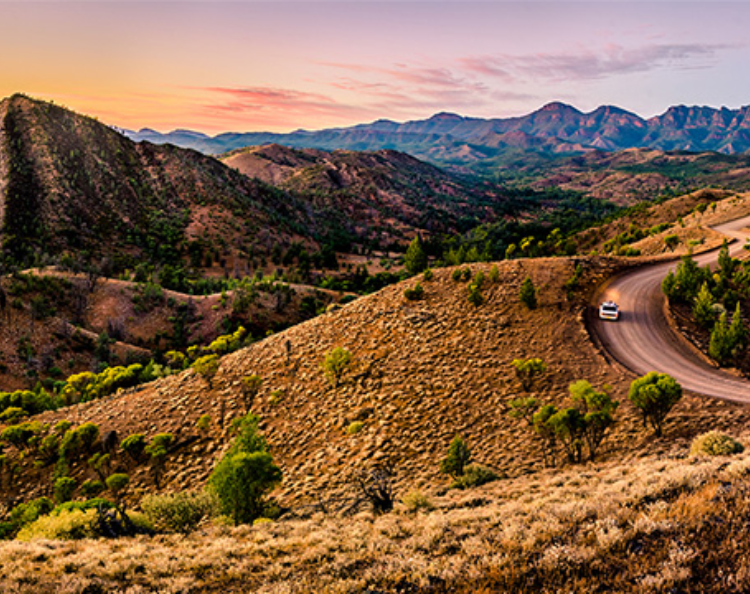
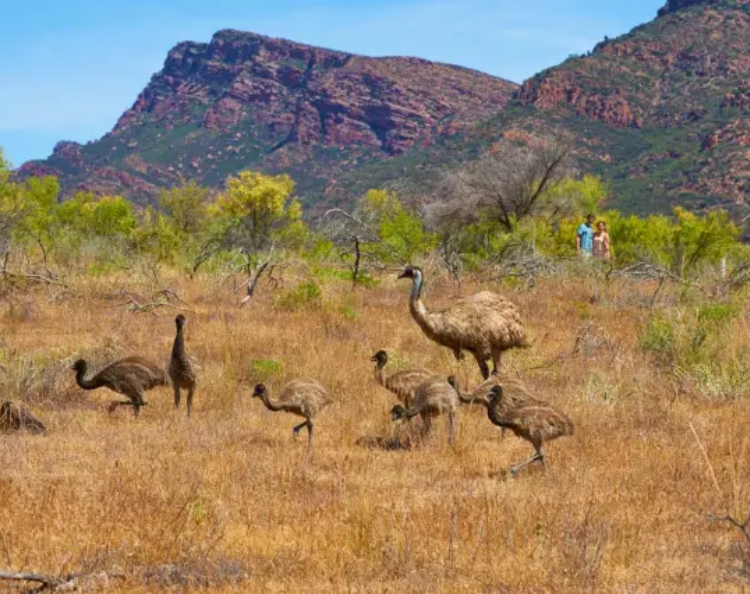


While Flinders Ranges National Park is open year-round and offers hiking opportunities throughout the year, the best time for hiking can depend on various factors, including weather conditions and personal preferences.
1. **Spring (September to November)**: Spring is a popular time to visit the Flinders Ranges as temperatures are mild, wildflowers are in bloom, and the landscape is lush and green after winter rains. Hiking during spring offers pleasant weather and opportunities to see the park at its most vibrant.
2. **Autumn (March to May)**: Autumn is another excellent time for hiking in the Flinders Ranges. Temperatures begin to cool down after the hot summer months, making hiking more comfortable. The autumn colors can also add beauty to the landscape, particularly in the late afternoon light.
3. **Winter (June to August)**: Winter can be a great time for hiking in the Flinders Ranges, especially for those who prefer cooler temperatures. However, nights can be cold, so hikers should be prepared for chilly conditions. Winter also tends to be drier, with less vegetation obscuring views of the landscape.
4. **Summer (December to February)**: Summer in the Flinders Ranges can be extremely hot, with temperatures often exceeding 40┬░C (104┬░F). Hiking during summer is not recommended for most people due to the risk of heat-related illnesses. However, if hiking in summer, it's essential to carry plenty of water, wear sun protection, and choose trails with shade and opportunities to cool off.
Ultimately, the best time for hiking in Flinders Ranges National Park depends on individual preferences and comfort levels with weather conditions. It's essential to check weather forecasts and be prepared for changing conditions regardless of the time of year.